Reportar esta entrada
Más sobre la misma comunidad-colección
Dan L. Crockett - El Paso, Texas
The back of this photograph is marked Dan L. Crockett, 1945(?). ...
Jardín entre planta eléctrica y bodega mirando hacia el este.
Possibly the power plant on Santa Fe St. You can see a wooden ...
Planta de energía eléctrica hacia el suroeste.
A beautiful brick building with power lines strung everywhere. ...
Cementerio de Concordia - El Paso, Tejas
Known as Concordia Cemetery during the 1840s, this area was ...
Primera en graduarse de la unica escuela secundaria en El Paso
Image caption: Kate Moore was one of two members of the first ...
Escuela Picnic - El Paso, Texas
The girls are named on the back of this photograph, but not in a ...

















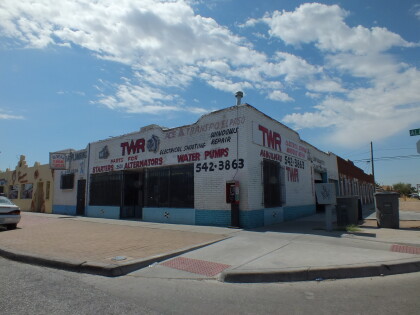
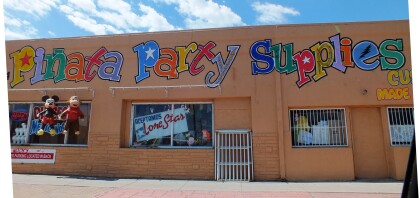
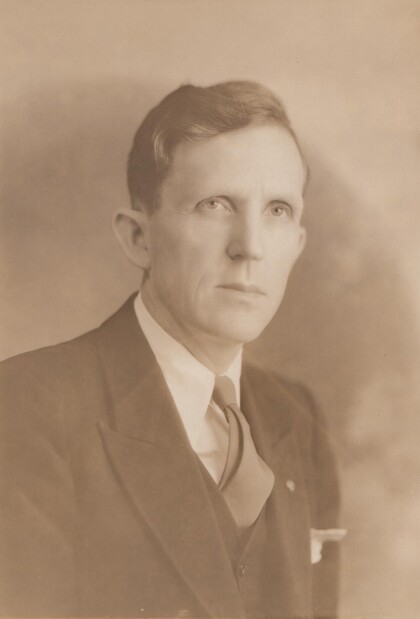
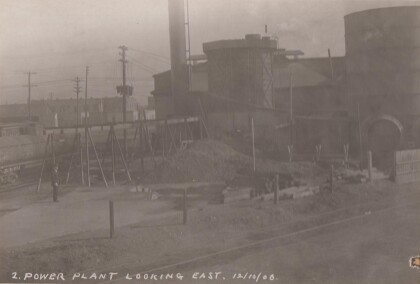
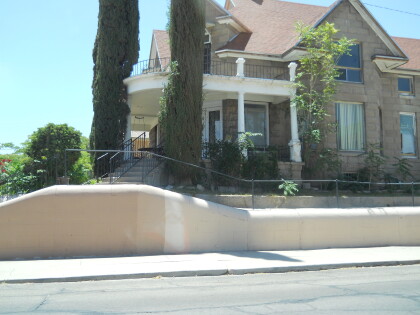
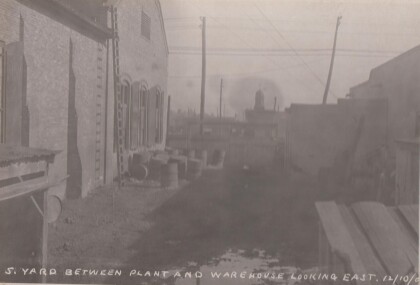
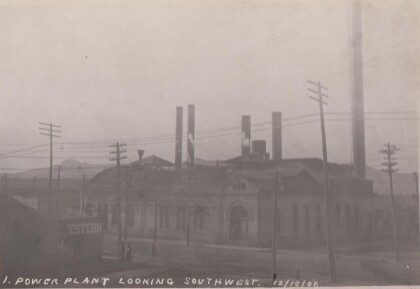
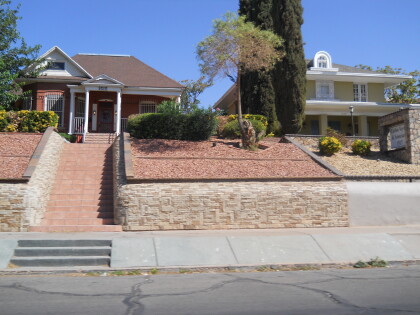
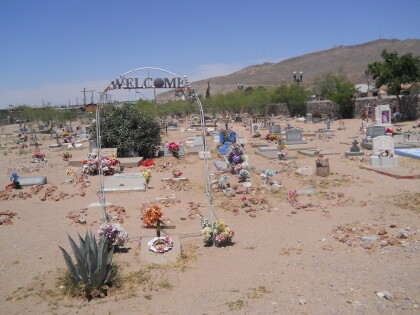
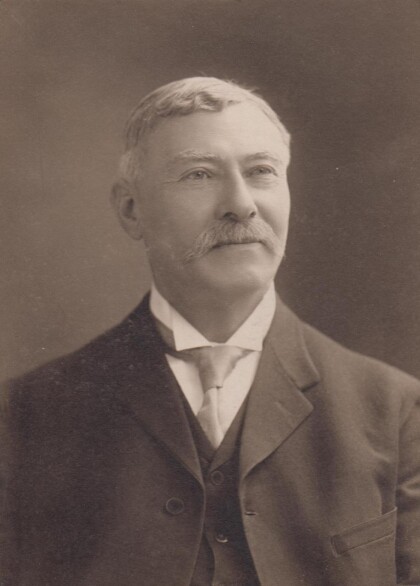
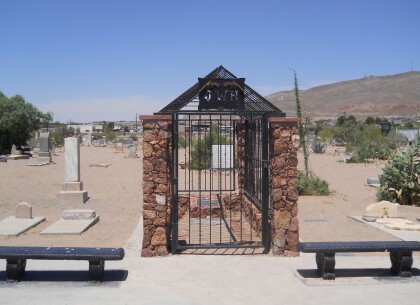
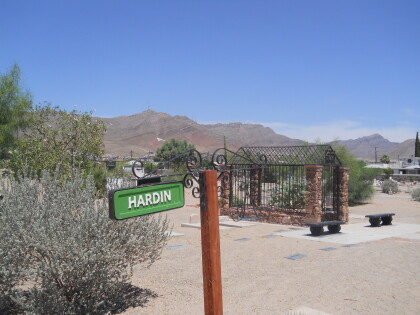
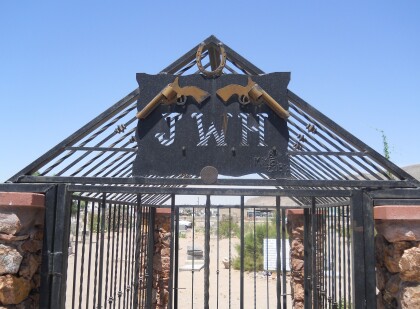
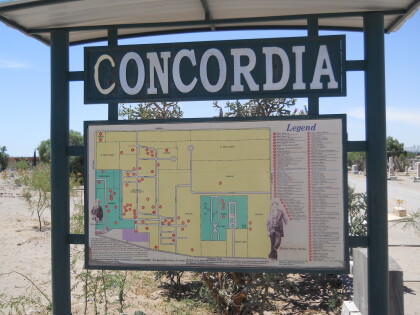
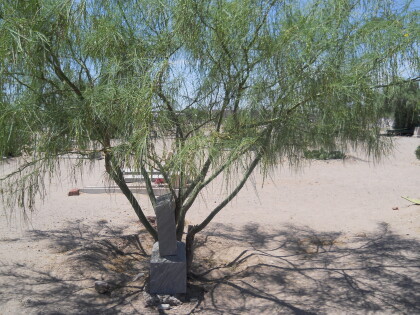
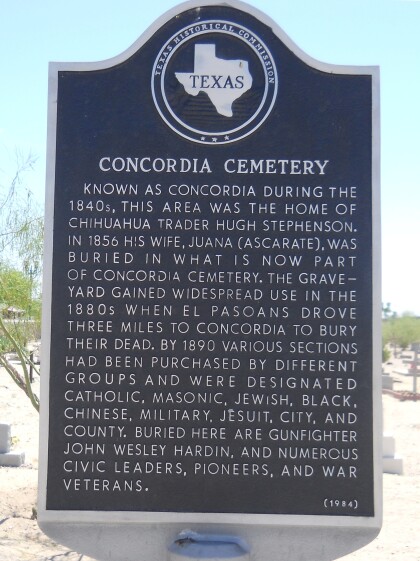
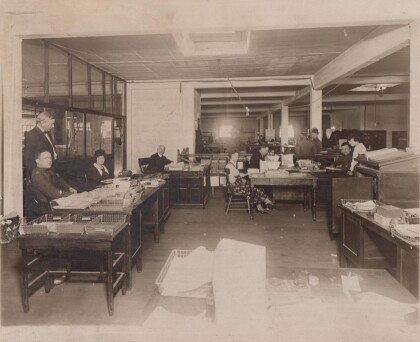
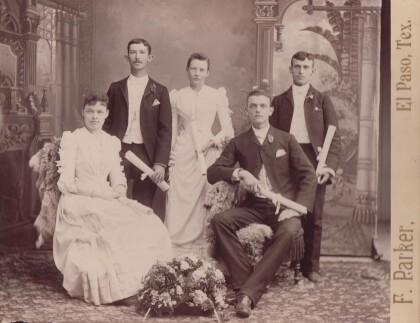
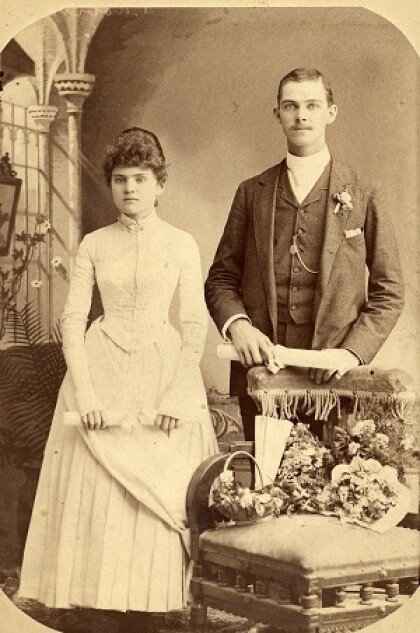


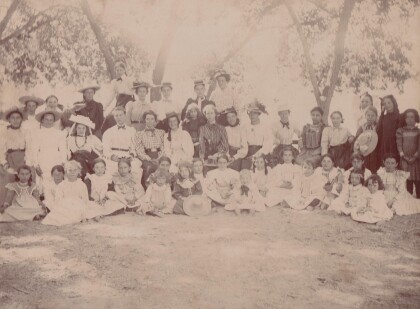
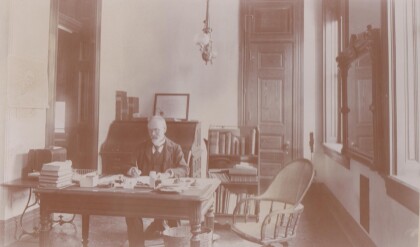
Comentarios
Hacer un comentario